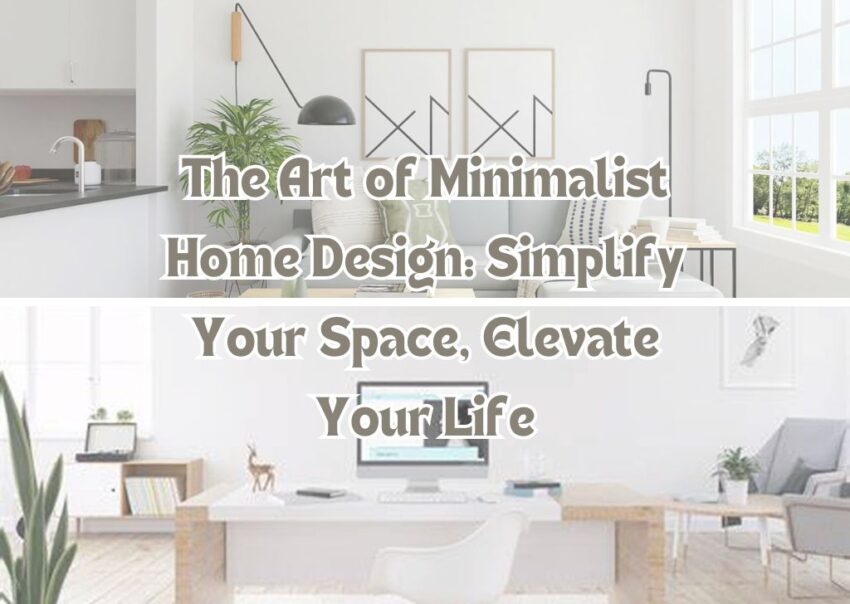Minimalist home design is a style that emphasizes simplicity and the elimination of excess. It focuses on using fewer elements to create a clean, functional, and aesthetically pleasing environment. In a world cluttered with distractions, minimalist design offers a retreat into clarity and purpose. This guide will delve into the essence of minimalist home design, providing a comprehensive understanding and practical advice on implementing this style in your home.
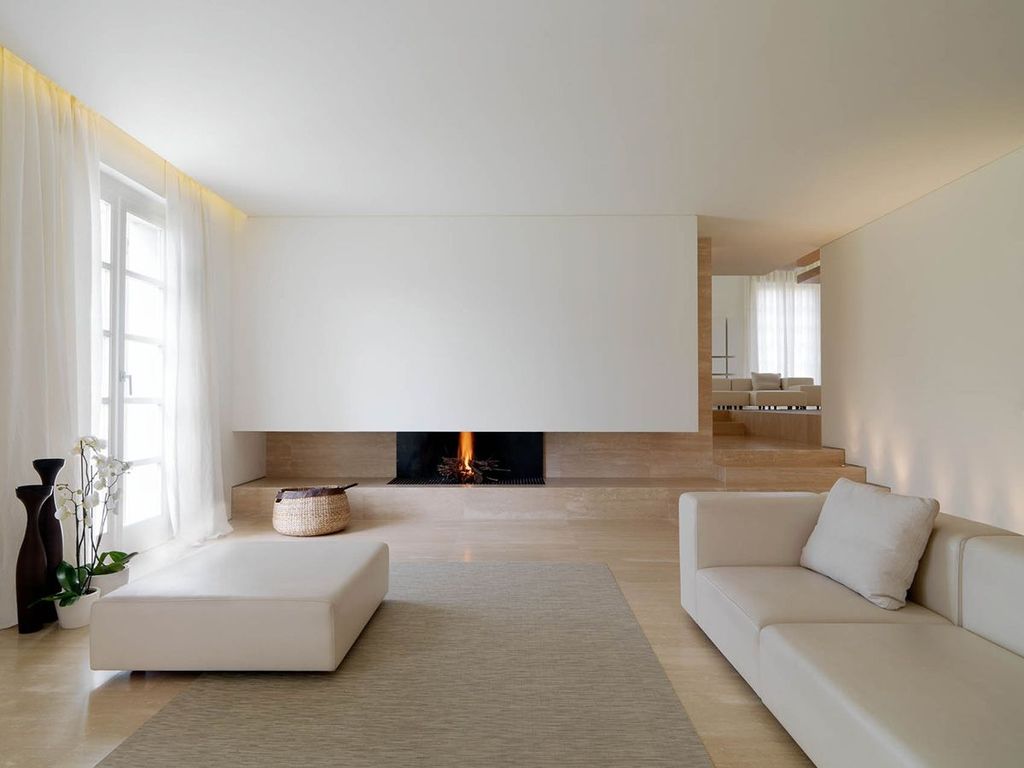
Minimalist Home Design Ideas from smalldesignideas.com
What is Minimalist Home Design?
Definition
Minimalist home design is an architectural and interior design philosophy that focuses on simplicity, functionality, and the effective use of space. It involves reducing items to their essential elements, promoting a clean and uncluttered environment.
Key Characteristics
Minimalist homes are characterized by:
- Simple, clean lines and open spaces.
- Neutral color palettes.
- Functional and multi-purpose furniture.
- Limited decorative elements.
- Emphasis on natural light and materials.
Historical Context of Minimalism
Origins of Minimalism
Minimalism as a design movement emerged in the 1960s and 1970s, influenced by Japanese Zen philosophy and the modernist art movement. It reacted against the complexity and excess of previous styles, advocating for a return to simplicity and purity of form.
Evolution Over Time
Over the decades, minimalism has evolved, integrating new materials, technologies, and cultural influences. Today, it is a popular style not just in architecture and interior design but also in fashion, lifestyle, and art.
Principles of Minimalist Home Design
Simplicity
Simplicity is at the core of minimalist design. It involves stripping down elements to their basic forms and removing unnecessary features, creating a space that feels open and serene.
Functionality
Every item in a minimalist home has a purpose. Furniture and decor are chosen for their utility, ensuring that spaces are both beautiful and practical.
Clarity
Minimalist design promotes clarity through organization and the thoughtful arrangement of spaces. This clarity helps create a calming and orderly environment.
Aesthetics
While minimalism emphasizes function and simplicity, aesthetics are equally important. The design aims for a harmonious balance of form and function, where beauty arises from simplicity and utility.
Benefits of Minimalist Home Design
Mental Clarity
A minimalist home reduces visual clutter, which can help reduce stress and improve focus. The clean, uncluttered spaces promote mental clarity and relaxation.
Environmental Impact
Minimalist design often incorporates sustainable practices, such as using eco-friendly materials and reducing waste. This approach can lower the environmental footprint of a home.
Cost Efficiency
By focusing on essential items and high-quality, multi-functional furniture, minimalist design can be cost-effective. It avoids unnecessary expenditures on superfluous decor and furnishings.
Planning Your Minimalist Home
Assessing Your Needs
Before embarking on a minimalist design project, assess your needs and lifestyle. Consider how you use each space and what elements are essential for your daily activities.
Setting a Budget
Establishing a budget is crucial. Minimalist design can be cost-effective, but it’s important to allocate resources wisely to avoid overspending.
Creating a Vision
Visualize your minimalist home by creating mood boards or using design software. This helps clarify your ideas and ensures a cohesive design plan.
Minimalist Interior Design Elements
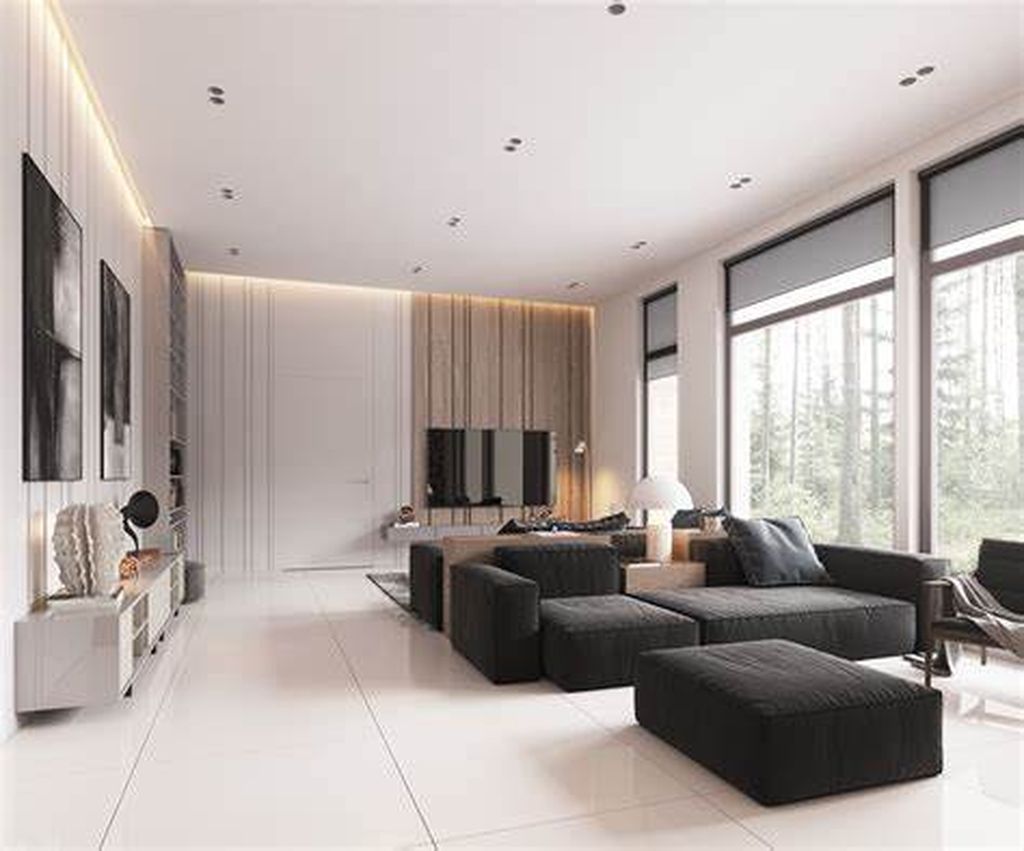
Minimalist Interior Design Ideas from roohome.com
Color Palette
Minimalist interiors typically use neutral colors like white, beige, and gray. These colors create a calm and serene atmosphere, making spaces feel larger and more open.
Furniture
Furniture in a minimalist home is functional and often multi-purpose. Choose pieces with clean lines and simple designs. Avoid overly ornate or bulky furniture.
Lighting
Natural light is a key element in minimalist design. Large windows, skylights, and strategically placed mirrors can enhance the natural light in a space. Use artificial lighting that is unobtrusive and complements the simplicity of the design.
Textures and Materials
Incorporate natural materials like wood, stone, and metal to add warmth and texture to your minimalist home. These materials provide visual interest without overwhelming the space.
Decluttering: The First Step to Minimalism
The KonMari Method
Popularized by Marie Kondo, the KonMari Method involves decluttering by category rather than location, keeping only items that “spark joy.” This method helps systematically reduce clutter.
The Four-Box Technique
The Four-Box Technique involves sorting items into four categories: keep, donate, discard, and relocate. This practical approach makes the decluttering process manageable.
Digital Decluttering
Minimalism extends to the digital realm as well. Organize and declutter your digital files, emails, and apps to reduce digital clutter and enhance productivity.
Minimalist Room-by-Room Guide
Living Room
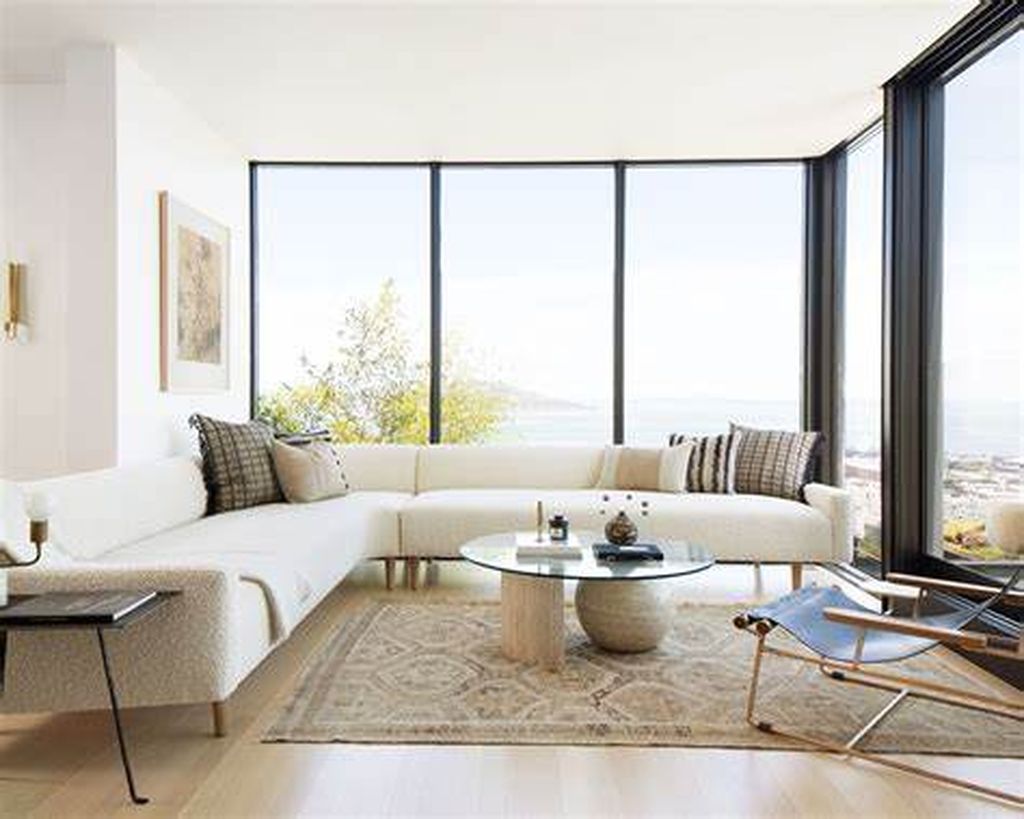
Minimalist Living Room Ideas from homesandgardens.com
In a minimalist living room, focus on functional furniture, ample seating, and a neutral color palette. Use built-in storage to keep the space tidy and clutter-free.
Kitchen
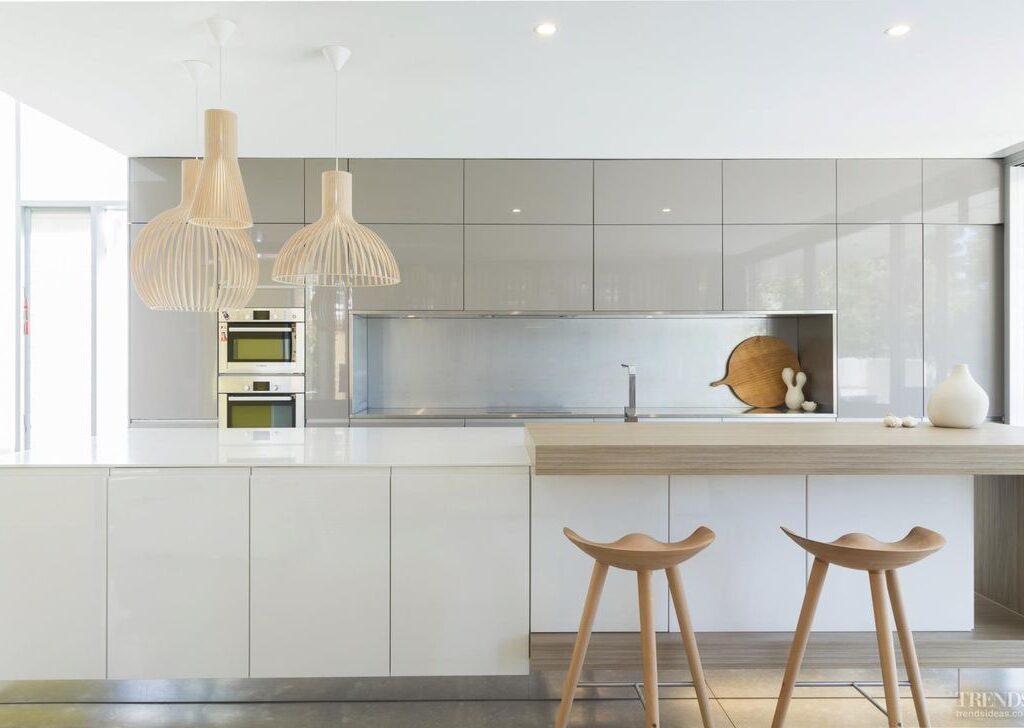
Minimalist Kitchen Ideas from trendsideas.com
A minimalist kitchen emphasizes clean lines and efficient storage. Use open shelving, hidden cabinets, and high-quality appliances to create a functional and aesthetic space.
Bedroom
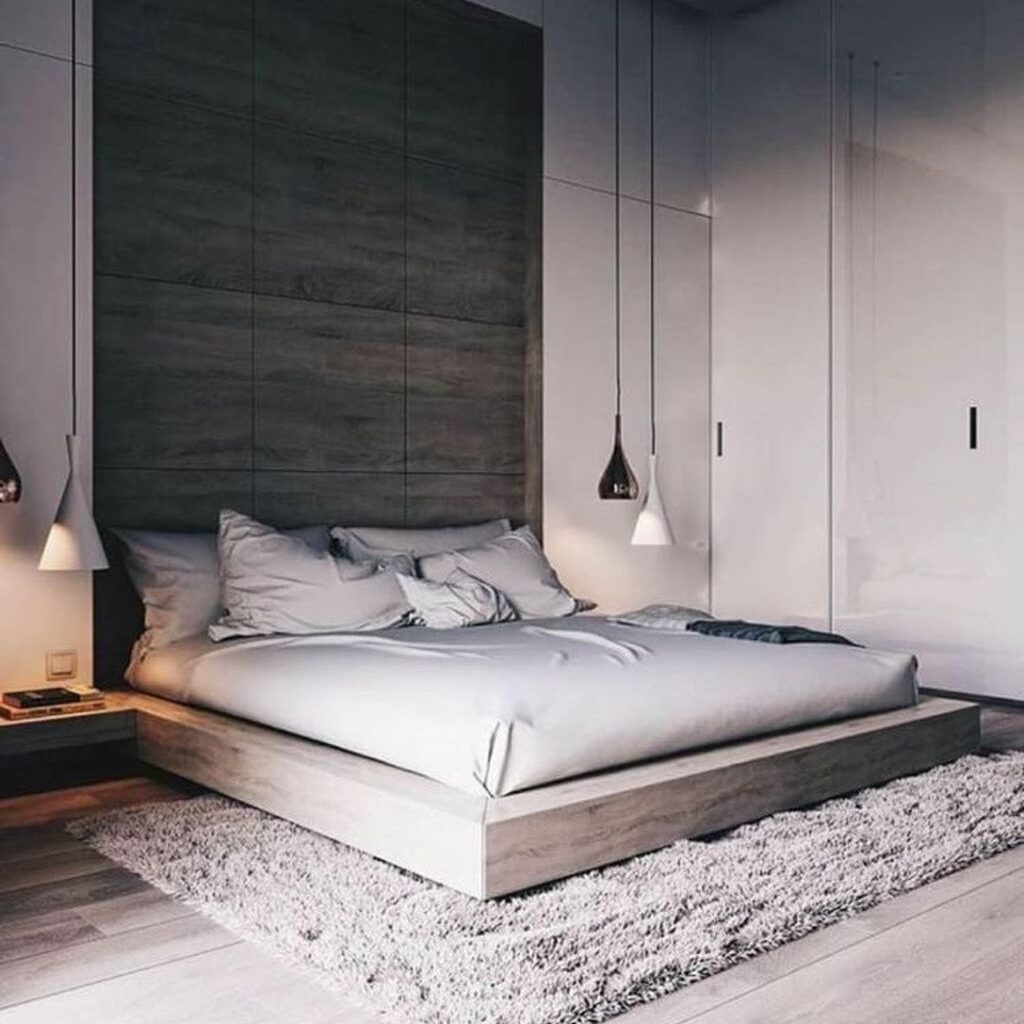
Minimalist Bedroom Ideas from sweetyhomee.com
A minimalist bedroom should be a serene retreat. Choose simple, comfortable bedding, and limit furniture to essential pieces. Keep decor minimal to promote a restful environment.
Bathroom
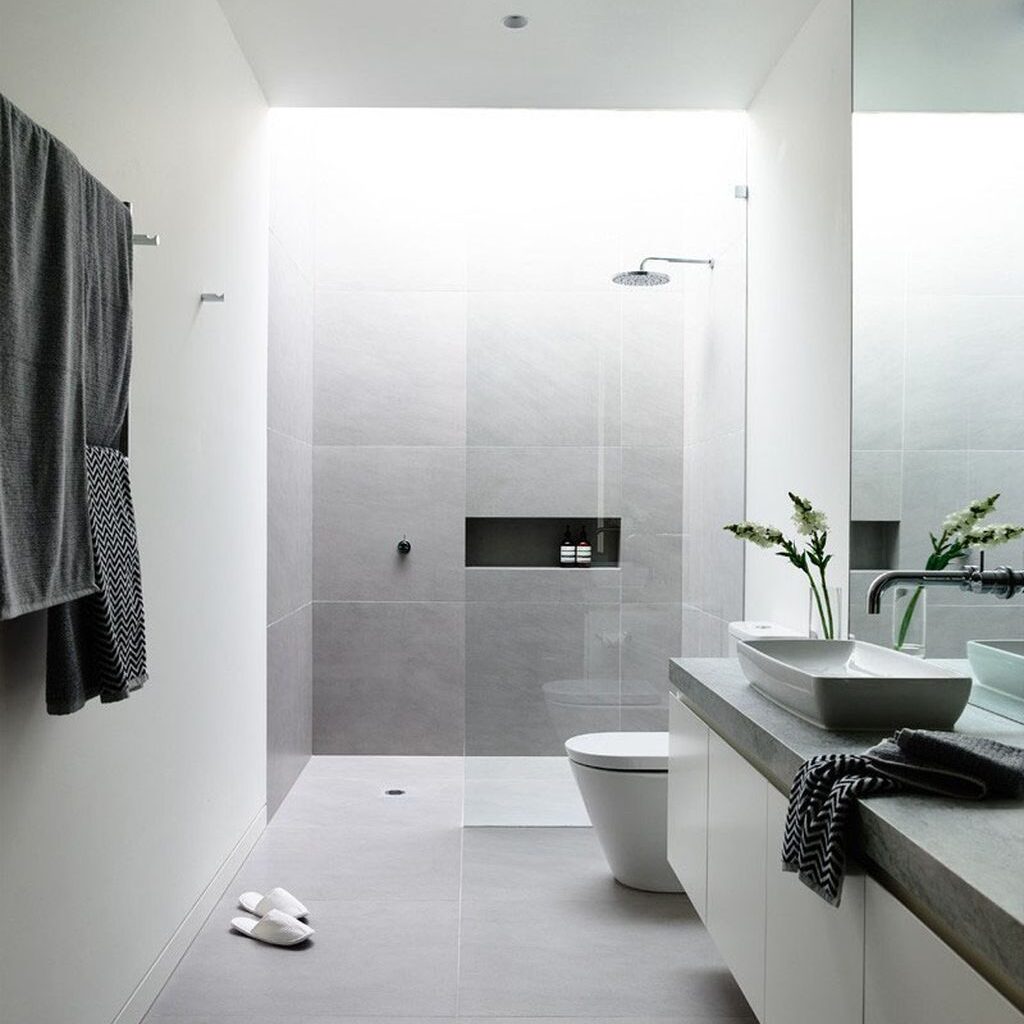
Minimalist Bathroom Ideas from thearchitectsdiary.com
Minimalist bathrooms prioritize cleanliness and simplicity. Use sleek fixtures, ample storage, and neutral tones to create a spa-like atmosphere.
Home Office
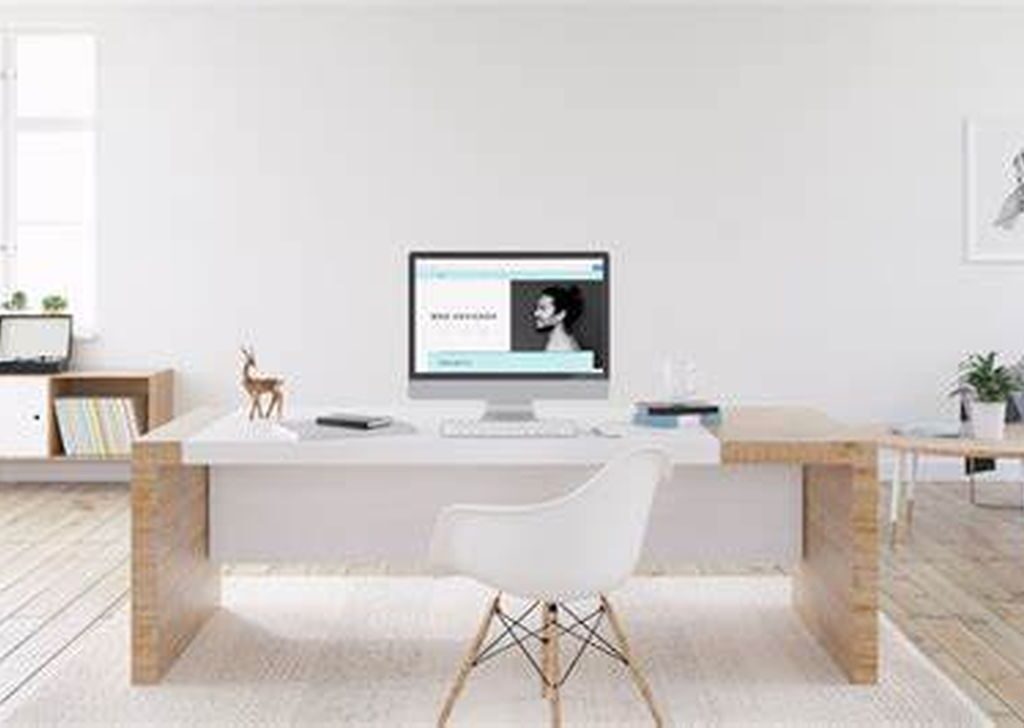
Minimalist Home Office Ideas from home-designing.com
A minimalist home office should be free of distractions. Use a clean desk, efficient storage solutions, and minimal decor to enhance focus and productivity.
Minimalist Home Decor Ideas
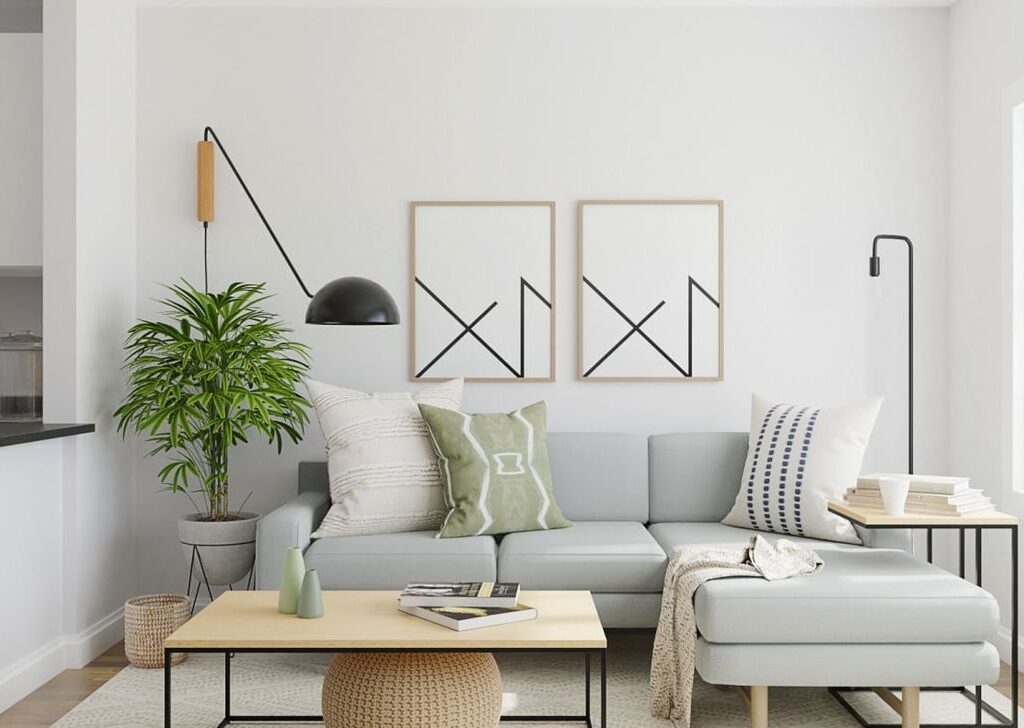
Minimalist Home Decor Ideas from spacejoy.com
Wall Art
Choose wall art that complements the minimalist aesthetic. Opt for simple, framed prints or abstract pieces that add interest without overwhelming the space.
Plants and Greenery
Incorporating plants adds life and color to a minimalist home. Choose low-maintenance plants with clean lines, such as succulents or ferns, to enhance the simplicity of the design.
Rugs and Carpets
Select rugs and carpets with simple patterns and neutral colors. These can add warmth and texture to a room without detracting from the minimalist aesthetic.
Sustainable Minimalism
Eco-Friendly Materials
Using sustainable materials like bamboo, reclaimed wood, and recycled metal aligns with the minimalist philosophy of reducing waste and environmental impact.
Energy Efficiency
Incorporate energy-efficient appliances, lighting, and heating systems to make your minimalist home more sustainable. This not only reduces your carbon footprint but also lowers energy costs.
Challenges and Solutions in Minimalist Home Design
Overcoming Sentimental Attachments
Letting go of sentimental items can be challenging. Focus on keeping meaningful items and finding ways to honor memories without retaining physical clutter.
Space Limitations
In smaller spaces, every inch counts. Use multifunctional furniture and smart storage solutions to maximize space without compromising on the minimalist aesthetic.
Future Trends in Minimalist Home Design
Technological Integration
Discuss how smart home technology is being integrated into minimalist designs, enhancing functionality and convenience without adding complexity.
Global Influence
Examine how minimalist design is influenced by global trends, incorporating elements from different cultures to create a diverse and enriched aesthetic.
Frequently Asked Questions (FAQs)
What is the key principle of minimalist home design?
The key principle is simplicity, focusing on functionality and removing unnecessary elements to create a clean, uncluttered space.
How can I start transitioning to a minimalist home design?
Begin by decluttering your space, focusing on one area at a time, and gradually adopting minimalist design principles in your decor and furniture choices.
Is minimalist design only suitable for small spaces?
No, minimalist design can be applied to any space, regardless of size. It’s about creating an environment that feels spacious and uncluttered, whether in a small apartment or a large home.
What are the benefits of minimalist home design?
Benefits include reduced stress, improved focus, lower environmental impact, and cost savings from avoiding unnecessary purchases.
Conclusion
Minimalist home design emphasizes simplicity, functionality, and clarity. It promotes a clean, uncluttered environment that benefits mental clarity, sustainability, and cost efficiency. Embrace the principles of minimalist home design to create a serene, functional, and beautiful living space. Continue learning and exploring this design philosophy to enhance your home and lifestyle.
